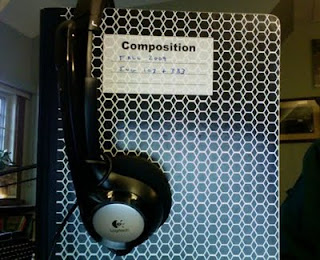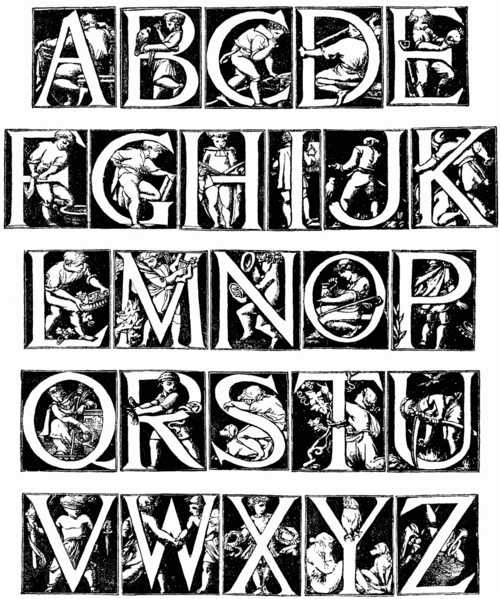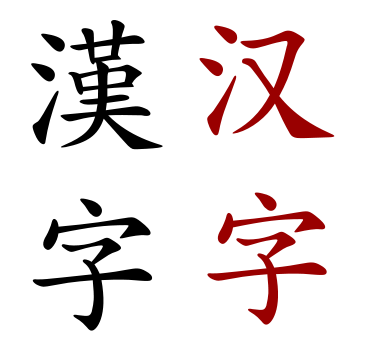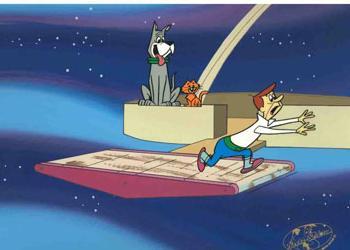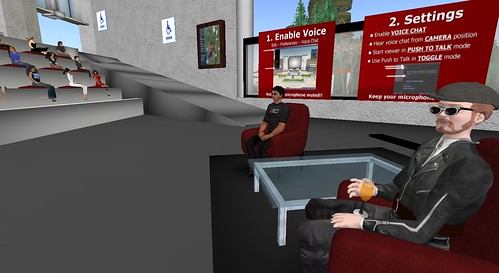If you ever watched Bugs Bunny…
You might read the title of this posting with an echo of Elmer Fudd expressing his chagrin at one of our beloved tricksters. The relevance of this, if not immediately apparent, will be suggested in a bit.
Wiki what?
The Oxford English Dictionary tells us that “wiki” is a Hawaiian word meaning fast, the emphatic form of which is “wikiwiki.” This phrase was first used to apply to a user-edited website called WikiWikiWeb composed by Ward Cunningham in 1995 – this was the first wiki. With 9,889,432 views per hour in English alone, most folks know about Wikipedia, but fewer understand what a wiki is or how to use one. Unlike traditional semi-static/gatekeeper websites that require complex software to create and are often controlled by a single person, a wiki can be built online, often for free, and designed so a limited or unlimited number of people can edit it easily.
I have been using Wikispaces for my writing workshops as well as for process drafting of research essays in my first-year writing courses. All changes are recorded in the “history” tab, so there is a complete record of who wrote what and when and this makes for a more thorough collection of drafts and revisions. Often the pages will have a “discussion” tab that is useful for writing workshop feedback, posting questions to readers etc. But wikis can be used for more than writing courses, they can be convenient and flexible group collaboration tools for any project, academic or otherwise. Browse the sites for Wetpaint or PB Works and note the varying complexity and features offered, or check WikiMatrix to find a handy tool for comparing a number of wikis of your own choosing.
Oh, and about those leaks….
In terms of “wiki-ness,” the Wikileaks website is not really a wiki since it is not editable by its users but its revelations certainly introduce an element of speed into the slower pace of partial diplomatic disclosure. Aside from speed, another aspect of wiki-ness manifest by Wikileaks is that of transparency and accountability – or at least the transparency and accountability of the powerful, since Wikileaks founder Julian Assange is less than transparent himself.
On a wiki, every user and every change are recorded, there is no way to hide and all information is immediately available to users. By contrast, FOIA information is laborious to obtain and is often heavily redacted, which is partly why these leaks evoke mixed feelings for me. Why do we subscribe to transparency so selectively? Isn’t one of our chief criticisms of North Korea its absolute lack of transparency? No doubt these leaks will increase tension, make negotiation more difficult and possibly risk some lives but it might also be argued that, in a WMD world, everyone’s life is at risk every day when governments are not transparent.
However, there is a surprising amount of government and institutional cooperation worldwide and a massive assault by individual hackers to shut down or shut out Wikileaks, a fact suggesting that the threat we feel from transparency trumps the value we claim to put on it. Or perhaps it is a measure of our faith in the goodness of what our leaders and institutions do in secret, but this doesn’t seem in keeping with our recent waves of anti-government sentiment, so the motivation of leak opponents is unclear to me. And now, these anti-leak actions have led to “Operation Payback” a barrage of counter-hacking by supporters of Wikileaks in what may be our first public cyberwar.
One thing is for sure: without that cloak of secrecy, with the knowledge that we were watching, powerful persons and groups at all levels would act quite differently, perhaps with more humility, responsibility and vision. As the ambiguous Wikileaks logo suggests, time is running out for our planet and it may just take some kind of digital trickster to stir things up. Ultimately such transparency may be what assures our survival.
Podcast: Play in new window | Download








